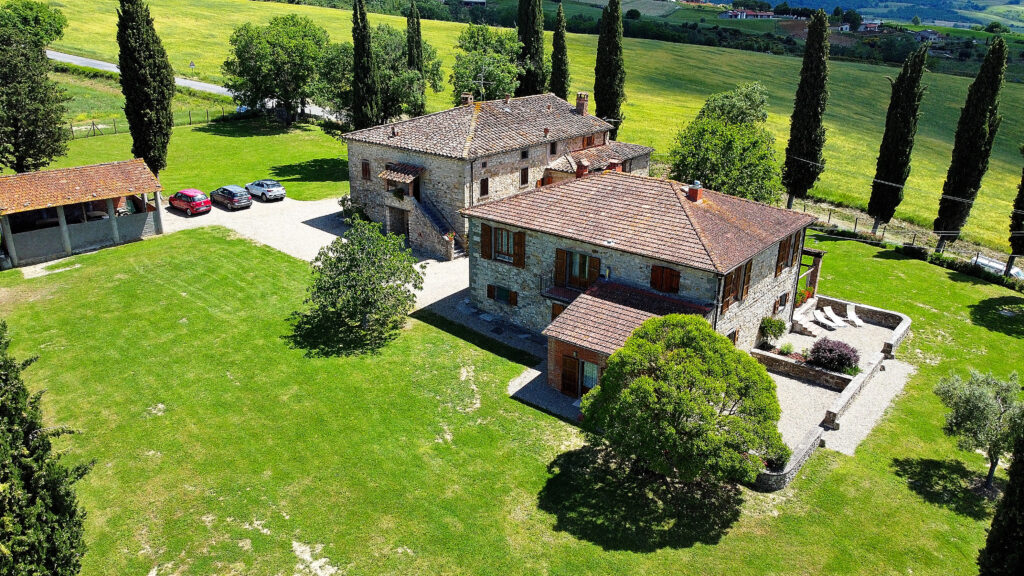Our history has its roots in that of the Ristori family, which from 1618, after the great plague that also struck the Casentino, settled on this farm owned by the Camaldolese monks. The news has a certain truthfulness and is collected in a meticulous way, since since that year a member of the Ristori family was the “curator” of the monks’ assets, a role that was handed down over time within the family. In fact, it is known that the Monks have always been very scrupulous in recording both events relating to their properties and events relating to their numerous possessions.
The Refreshments were also “foderatori”, one of the most fascinating and dangerous professions imaginable. They were essentially the Charons, who instead of the souls had to accompany the very long trunks of silver firs that have written the material history of these cities to the most important ports in Tuscany (Florence and Pisa). These fir trees – a natural hymn to God, with their “reaching upward” – were used for the construction of the Cathedral of Florence, but they also fueled the journeys of the great ships that sailed our seas. Even on them, the recording of events and facts had to be very precise, if we think that they were exempt from the Leverage service. The Ristori ended their “career” as conductors and rowers only in 1748, the year in which they turned to agriculture, an activity that they carried on until 1897.
An important turning point in the life of this great family and of Podere Bocci came with the unification of Italy and the appropriation by the State of the assets belonging to the Religious Communities. The Camaldolese, in order not to lose their possessions, decided to make some farms owned by their farmers. However, the family continued to cultivate these lands and to look after the interests of this large farm even with the return of assets to the Camaldolese. This is to reiterate that the farm in question enjoyed particular attention in the chronicles of the time.
One of the customs of the family in question, like that of many Casentino families, was that of vigils. The latter were often animated by real “storytellers” or storytellers; at other times it was the elderly who carried out this pedagogical function of handing down.

